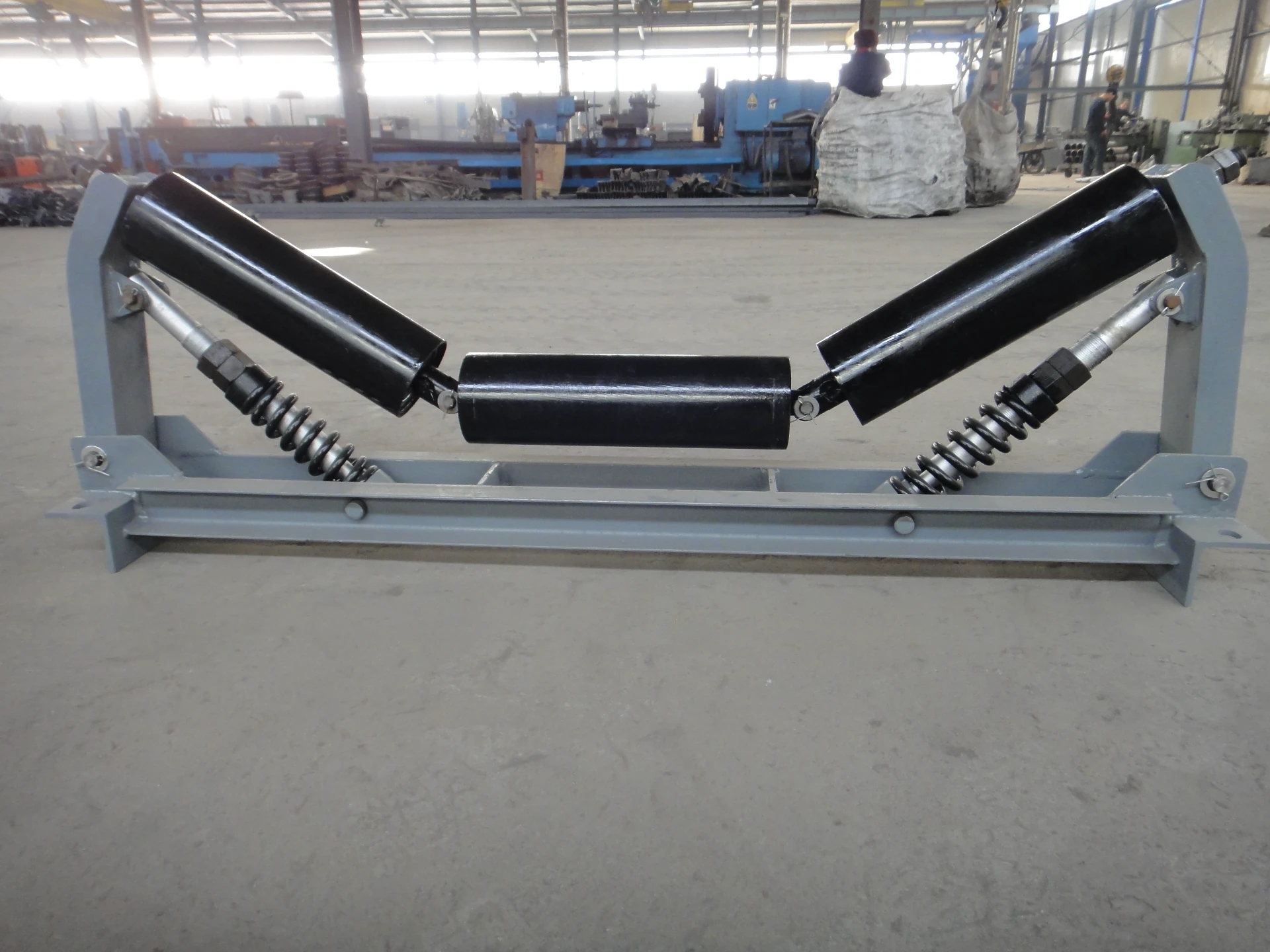 Afrikaans
Afrikaans  Albanian
Albanian  Amharic
Amharic  Arabic
Arabic  Armenian
Armenian  Azerbaijani
Azerbaijani  Basque
Basque  Belarusian
Belarusian  Bengali
Bengali  Bosnian
Bosnian  Bulgarian
Bulgarian  Catalan
Catalan  Cebuano
Cebuano  Corsican
Corsican  Croatian
Croatian  Czech
Czech  Danish
Danish  Dutch
Dutch  English
English  Esperanto
Esperanto  Estonian
Estonian  Finnish
Finnish  French
French  Frisian
Frisian  Galician
Galician  Georgian
Georgian  German
German  Greek
Greek  Gujarati
Gujarati  Haitian Creole
Haitian Creole  hausa
hausa  hawaiian
hawaiian  Hebrew
Hebrew  Hindi
Hindi  Miao
Miao  Hungarian
Hungarian  Icelandic
Icelandic  igbo
igbo  Indonesian
Indonesian  irish
irish  Italian
Italian  Japanese
Japanese  Javanese
Javanese  Kannada
Kannada  kazakh
kazakh  Khmer
Khmer  Rwandese
Rwandese  Korean
Korean  Kurdish
Kurdish  Kyrgyz
Kyrgyz  Lao
Lao  Latin
Latin  Latvian
Latvian  Lithuanian
Lithuanian  Luxembourgish
Luxembourgish  Macedonian
Macedonian  Malgashi
Malgashi  Malay
Malay  Malayalam
Malayalam  Maltese
Maltese  Maori
Maori  Marathi
Marathi  Mongolian
Mongolian  Myanmar
Myanmar  Nepali
Nepali  Norwegian
Norwegian  Norwegian
Norwegian  Occitan
Occitan  Pashto
Pashto  Persian
Persian  Polish
Polish  Portuguese
Portuguese  Punjabi
Punjabi  Romanian
Romanian  Russian
Russian  Samoan
Samoan  Scottish Gaelic
Scottish Gaelic  Serbian
Serbian  Sesotho
Sesotho  Shona
Shona  Sindhi
Sindhi  Sinhala
Sinhala  Slovak
Slovak  Slovenian
Slovenian  Somali
Somali  Spanish
Spanish  Sundanese
Sundanese  Swahili
Swahili  Swedish
Swedish  Tagalog
Tagalog  Tajik
Tajik  Tamil
Tamil  Tatar
Tatar  Telugu
Telugu  Thai
Thai  Turkish
Turkish  Turkmen
Turkmen  Ukrainian
Ukrainian  Urdu
Urdu  Uighur
Uighur  Uzbek
Uzbek  Vietnamese
Vietnamese  Welsh
Welsh  Bantu
Bantu  Yiddish
Yiddish  Yoruba
Yoruba  Zulu
Zulu Understanding the Function and Importance of Idler Pulleys in Belt Drive Systems
Understanding the Role of Belt Drive Idler Pulleys
Belt drive systems are integral components in various mechanical and industrial applications, allowing for the efficient transfer of power. Among the critical elements in a belt drive system is the idler pulley, which plays a vital role in ensuring that the system operates smoothly and effectively. This article delves into the significance of belt drive idler pulleys, their functions, and their applications.
What is a Belt Drive Idler Pulley?
An idler pulley is a wheel or a roller that is used to guide or tension a belt in a belt drive system. Unlike the drive pulleys, which are actively connected to a power source and drive a load, idler pulleys do not transmit power themselves. Instead, they are strategically positioned in the system to improve the performance and longevity of the belt drive.
Idler pulleys can be found in various mechanical systems, from automotive engines to conveyor belts and industrial machinery. They can come in various shapes and sizes, depending on the specific application requirements.
Functions of Idler Pulleys
1. Belt Tensioning One of the primary functions of an idler pulley is to maintain the correct tension in the belt. Proper tension is crucial for minimizing slippage and ensuring efficient power transfer. If the belt is too loose, it may slip off the pulleys or fail to transmit the required force. Conversely, if it is too tight, it can lead to increased wear and tear on both the belt and the pulleys.
2. Guiding the Belt Idler pulleys help to guide the path of the belt, ensuring that it remains aligned with the drive and driven pulleys. This alignment is essential for reducing wear on the belt and maximizing the efficiency of the power transfer.
3. Changing Direction In many applications, idler pulleys are used to change the direction of the belt. This capability allows for more compact designs and can help in routing the belt around obstacles in the system.
4. Dampening Vibrations The presence of idler pulleys can help to dampen vibrations within the system. By providing additional points of contact for the belt, idler pulleys can stabilize its movement, leading to smoother operation and reducing the risk of fatigue failure.
belt drive idler pulley

5. Load Distribution Idler pulleys can assist in evenly distributing the load across the belt. This helps to prolong the lifespan of both the belt and the other components in the drive system.
Applications of Belt Drive Idler Pulleys
Idler pulleys can be found in a wide variety of applications across different industries, including
- Automotive In automotive engines, idler pulleys maintain tension on accessory belts, which drive various components such as the alternator, water pump, and air conditioning compressor. Proper functioning of these idler pulleys is vital for the optimal performance of the engine.
- Manufacturing and Automation In conveyor systems, idler pulleys help manage the movement of goods and materials. They ensure that the conveyor belt operates smoothly and reduce the likelihood of jams or misalignment.
- Industrial Machines Various industrial machines, such as lathes and milling machines, utilize idler pulleys in their belt drives to maintain performance under different load conditions.
- Home Appliances Many household appliances, including washing machines and vacuum cleaners, use idler pulleys to facilitate smooth and efficient operation.
Conclusion
Belt drive idler pulleys are a crucial component in the functionality and efficiency of belt drive systems. Their ability to maintain proper tension, guide the belt, change direction, dampen vibrations, and distribute loads make them indispensable in various applications. As technology continues to advance, the design and materials used in idler pulleys will likely evolve, leading to even better performance and durability. Understanding the role of these pulleys can help in maintaining machinery, ensuring longevity and efficiency in power transmission across multiple industries.
-
Revolutionizing Conveyor Reliability with Advanced Rubber Lagging PulleysNewsJul.22,2025
-
Powering Precision and Durability with Expert Manufacturers of Conveyor ComponentsNewsJul.22,2025
-
Optimizing Conveyor Systems with Advanced Conveyor AccessoriesNewsJul.22,2025
-
Maximize Conveyor Efficiency with Quality Conveyor Idler PulleysNewsJul.22,2025
-
Future-Proof Your Conveyor System with High-Performance Polyurethane RollerNewsJul.22,2025
-
Driving Efficiency Forward with Quality Idlers and RollersNewsJul.22,2025





























